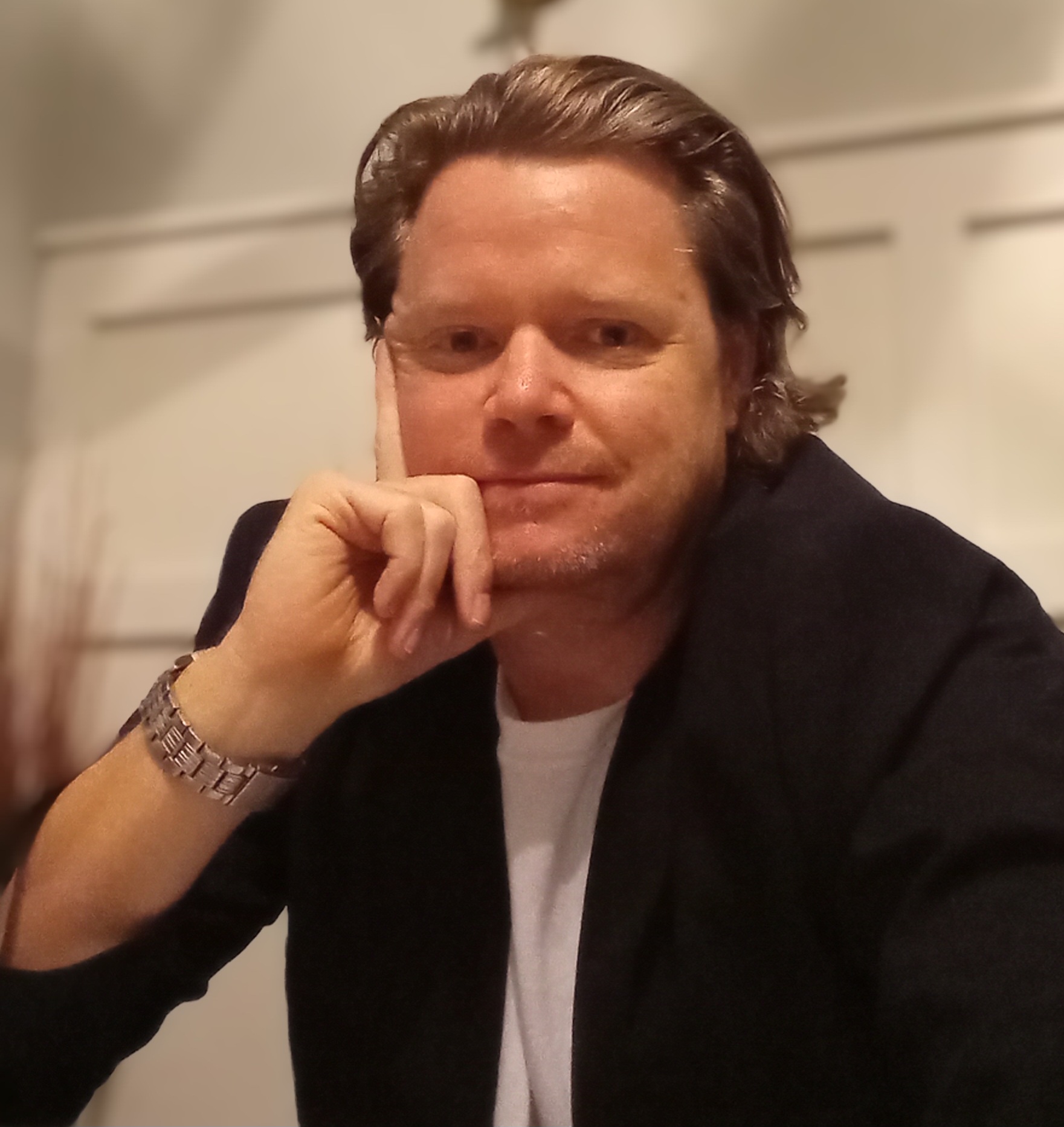We were lucky to catch up with Andy Brooks recently and have shared our conversation below.
Andy, thanks for taking the time to share your stories with us today We’d love to hear about a project that you’ve worked on that’s meant a lot to you.
The work I am currently working on because I am so amazed by the work and the meaning of the work I am creating. I have always wanted to find a creative process that I felt was current or was of the time period I am living in. I am a huge fan of art history because it is an evolution of ideas that reflect or communicate something about the time period the artists were living and if you hope to contribute to that evolution, your work should be unique to the time period you are living. It is ultimately up to time, critics and historians that decided what is important but I feel like I am in a conversation with the past and the present at the same time.
There are several historical moments I feel my work is in conversation with but the two that come to mind immediately are the Impressionists’ use of hog hair brushes and Jackson Pollack’s use of the turkey baster. The hog hair brush was a 19th century inventions that used the more rigid and thicker hair of pigs. It allowed the Impressionist to apply thick globs of paint to the canvas that created the impasto effect that is so characteristic of the Impressionists’ paintings. The hog hair brush was a modern invention that shaped their style of painting. Jackson Pollack used a turkey baster to drip paint on to his canvases. Him and a lot of the painters at that time felt the paint brush was an archaic tool and wasn’t relevant anymore in an Industrialized Age and started searching for more modern ways to apply paint to the canvas so he filled the turkey baster up with paint and dripped it onto his canvas. I feel my work is connected to this two moments in time because I am continuing the search to find modern methods or inventions to create art, I am using the cell phone. I guess my work is basically digital photography but I am not too interested in photography alone, I am more interested in how I can use a modern invention to create art.
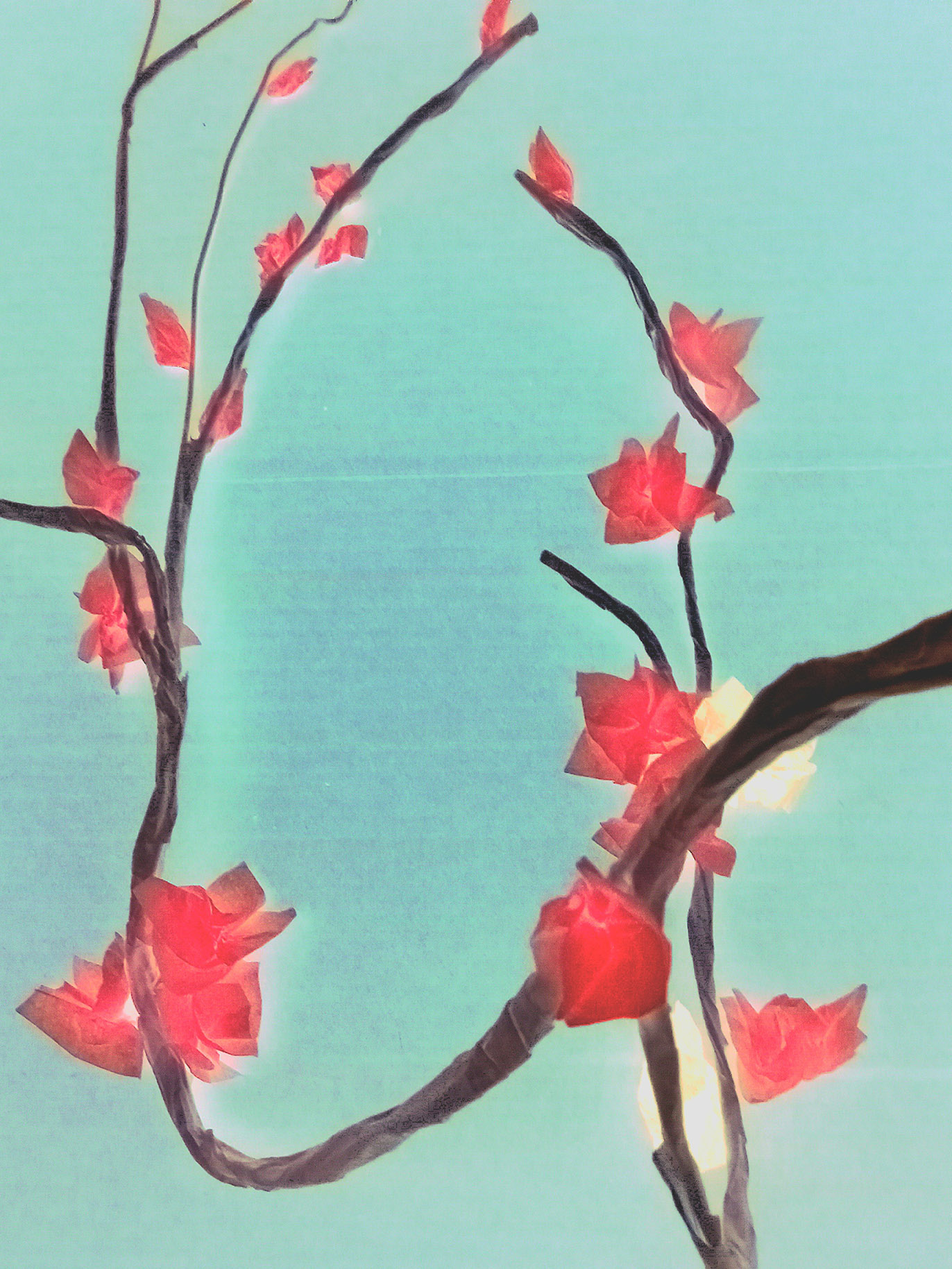
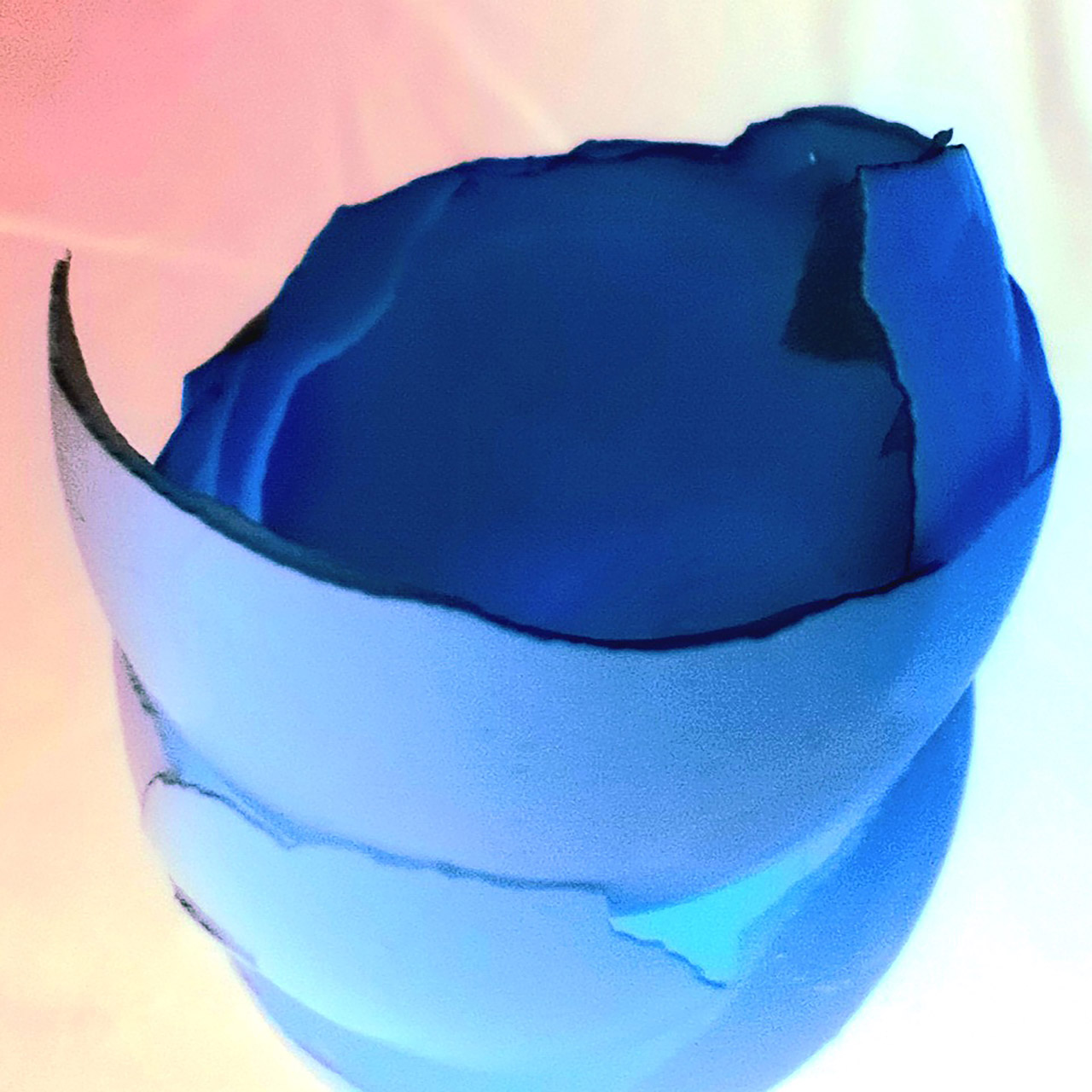
As always, we appreciate you sharing your insights and we’ve got a few more questions for you, but before we get to all of that can you take a minute to introduce yourself and give our readers some of your back background and context?
I am currently creating art work using my cell phone with a process I discovered when I was experimenting with collage art. I have an artistic and creative background and get urges to try new things. Whenever I get these urges, I will go shopping and buy everything I need to get started but then nothing comes of it and the materials I just bought sit there and never actually get used. I think that speaks to the fact that things are so easily obtainable and readily available to us to today and sometimes shopping makes you feel like you are taking action. I didn’t want to invest any money into another hobby or urge, so when I got the idea to start making art I told myself I am going to be resourceful and use what I already have.
I looked around my house to try and find a medium I could work with and I came across cardboard boxes, some coat hangers, tape and tissue paper. I thought there maybe a direction with these objects so I started making compositions with these objects. One day I was arranging these items into different compositions and couldn’t tell which way I liked the best so I decided to use my cell phone to photograph them and document the different compositions and come back to it later to see which composition was the most impactful. Just for fun I started experimenting with the different filters on my cell phone and when I swiped on the Negative filter the color of the objects were converted to their complementary color and they were no longer recognizable as coat hangers and tissue paper. The coat hangers became scribbled lines, the cardboard became shapes and the paper became textures. Colors, lines, shapes and textures are all the same things artist work with and it provided me with a direction and a process that I was excited about but I wasn’t sure what I could possibly communicate with this process or what my message would be. Because these were random household mass produced items I was using, I felt my work should also touch on themes of consumer culture. I feel we have become consumers for survival and we have forfeited a lot of our skills to consumption. So like the consumer, I am replacing the skills of the artist’s hand with mass produced items and use them as the compositional elements in my work.
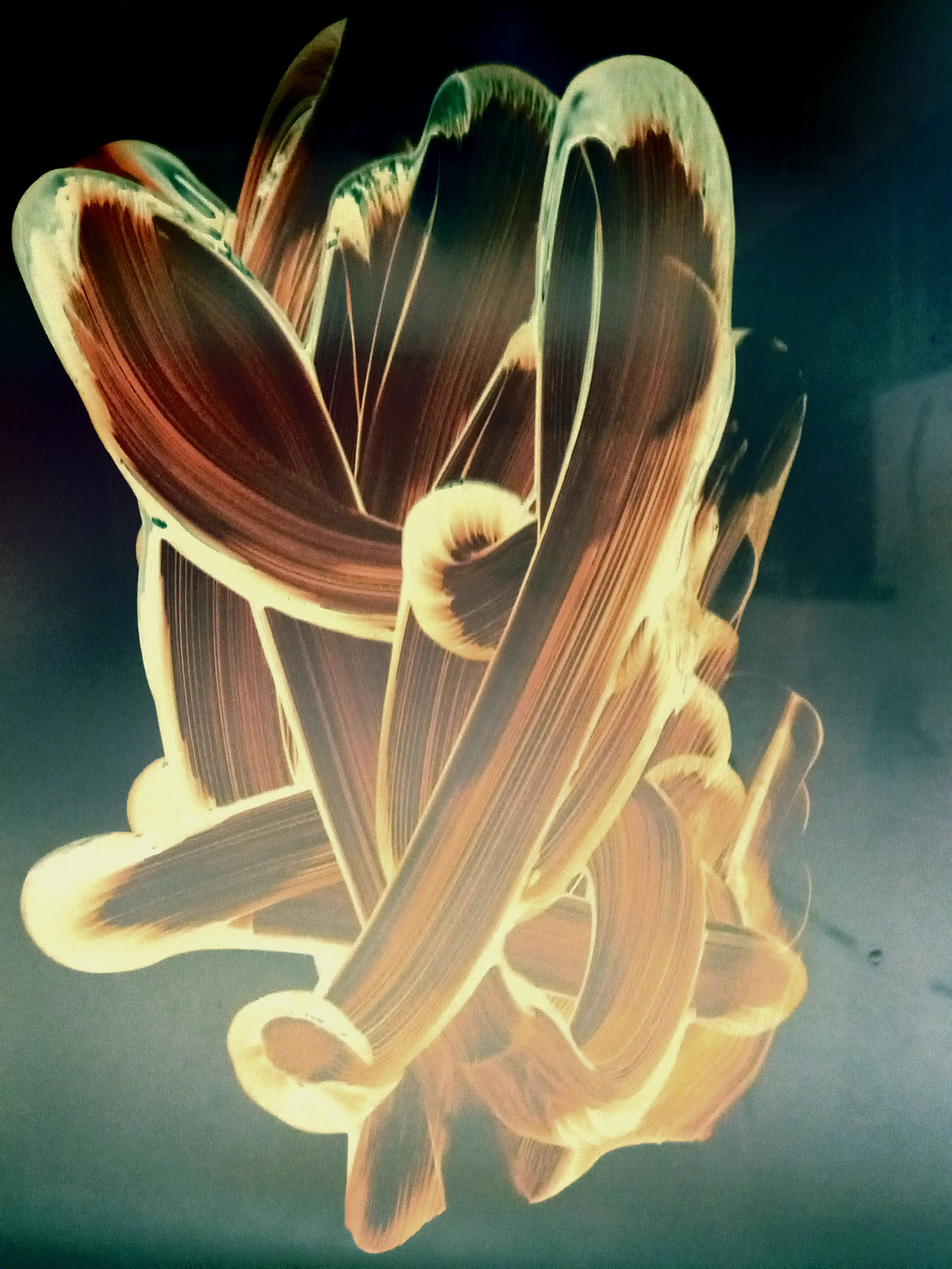
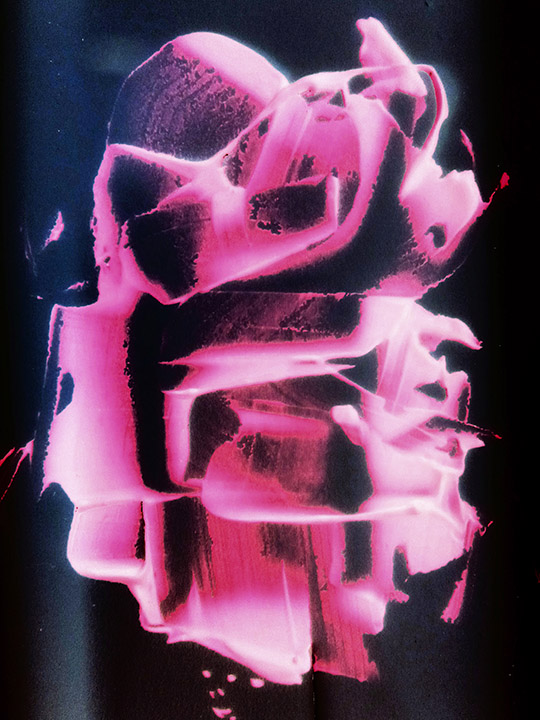
For you, what’s the most rewarding aspect of being a creative?
The joy I feel when creating art. It is empowering because I am the source of my own joy. I am not relying on anybody or anything external. I get joy from other activities like the gym, playing basketball or cycling but those things can be taken away with age or if I were to get injured or become ill but as long as I am able to continue to create art, I will always have a source of joy. I think this is true for a lot of artists.
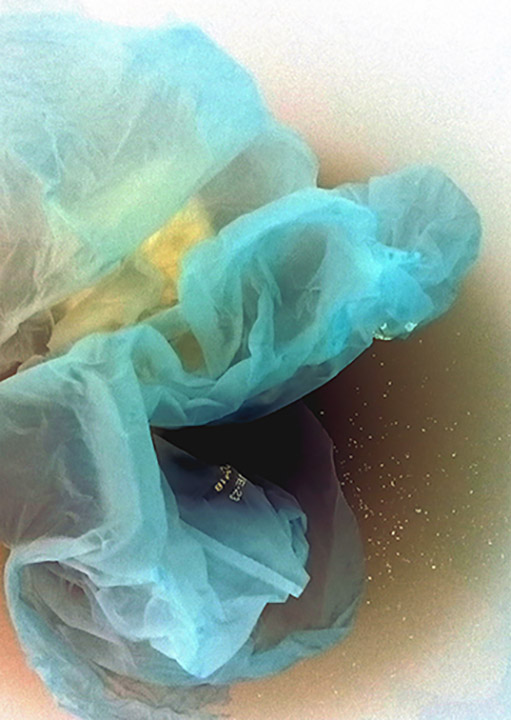
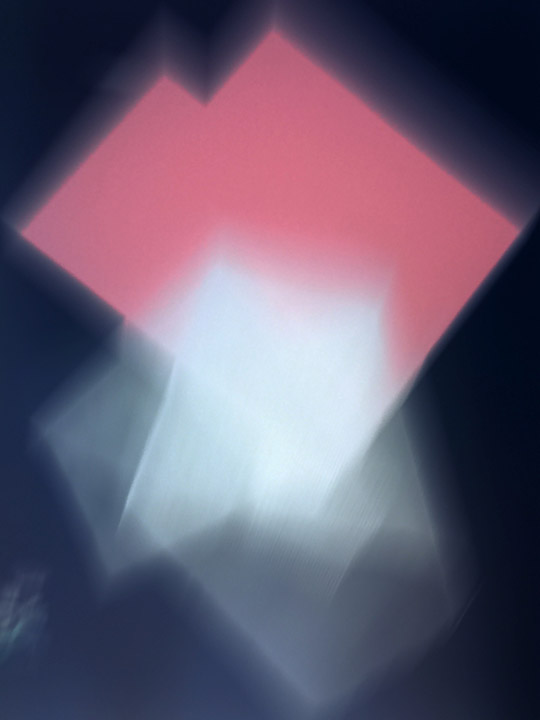
Can you share a story from your journey that illustrates your resilience?
When I started creating art and had eventually built up a sizable body of work, I wasn’t sure how I was going to display them. I needed to find a way to get them off my phone and into the world. I started doing some research and found printing them and having them framed was way out of my budget. To have one piece printed and professionally framed at a size I thought would be impactful when hanging on a wall was going to cost me well over $600 per piece. I had to find a cheaper way. So I did some research and experimenting and found a way to build my own frames for less the $20 a frame using materials I could buy from a home improvement store, a router and a miter saw. I tried several printing companies to print my work and after a lot of trial and error, I eventually found a company whose prices were within my budget and who I could trust to produce consistent and quality prints. It was a huge disappointment to get the print back and it not come out like it looked on my phone and every time this happened I thought I was going to be forced to spend more money. There were several times I thought I had everything figured out but then would encounter a new problem that was usually based on budget but through constant trial and error and some do-it-yourself, I finally found a way that would be sustainable.
Contact Info:
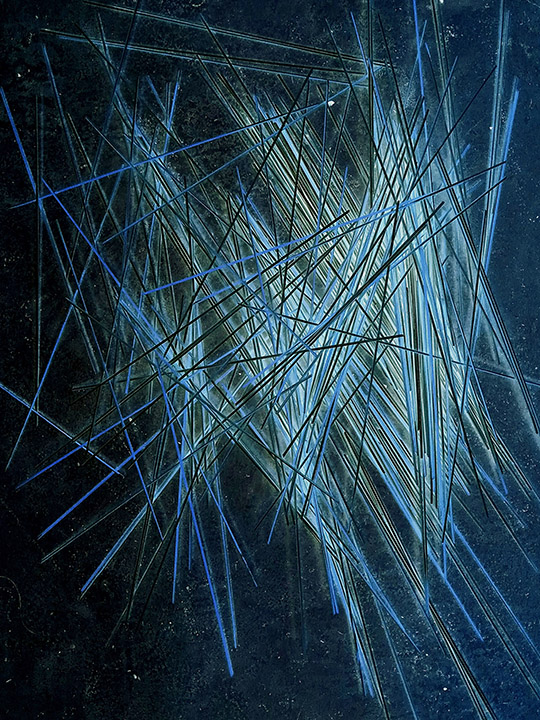

Image Credits
Andy Brooks


